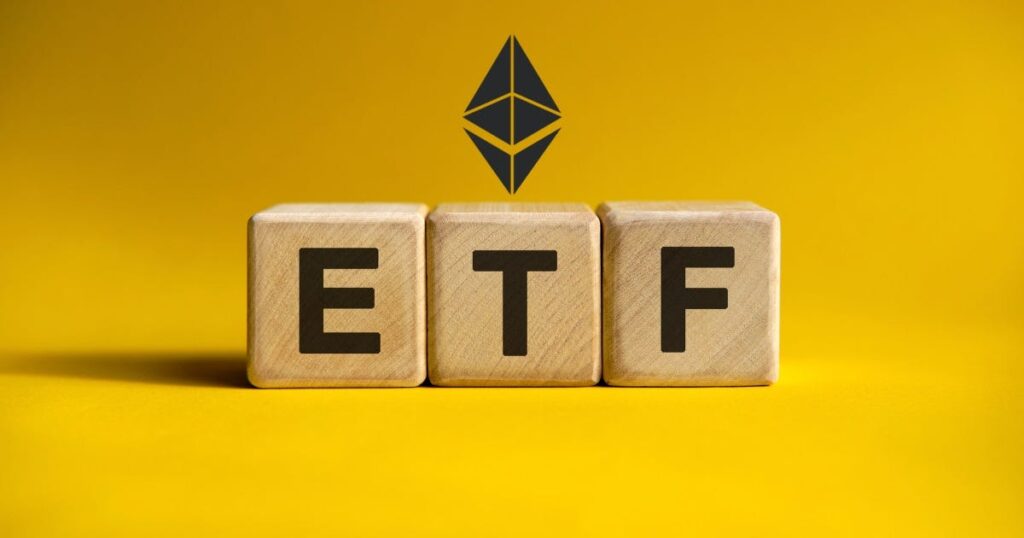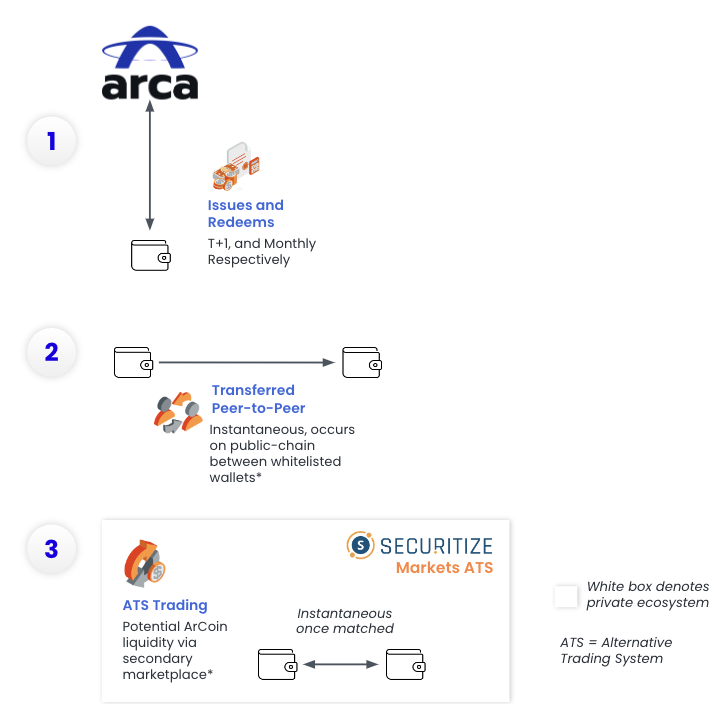Research Summary
This report discusses the three major technical transitions that Ethereum must undergo to mature into a global and permissionless experience for average users. These transitions include scaling through L2, enhancing wallet security, and ensuring privacy. The report also delves into the challenges and complexities of these transitions, such as the relationship between users and addresses, key recovery, secondary infrastructure updates, and the need for wallets to secure both assets and data.
Key Takeaways
The Three Transitions of Ethereum
- The L2 Scaling Transition: Moving to rollups to enhance scalability and reduce transaction costs.
- The Wallet Security Transition: Transitioning to smart contract wallets to increase user comfort and security.
- The Privacy Transition: Ensuring privacy-preserving funds transfers and privacy in other developments like social recovery and identity.
Challenges in Relationship Between Users and Addresses
- Complexity in Addressing: Multiple addresses per user, privacy requirements, and the need for cross-L2 bridging systems.
- Key Recovery Challenges: Issues with gas cost, counterfactual addresses, and privacy in a multi-address recovery system.
Secondary Infrastructure Updates
- ENS on L2: Implementation of ENS on L2 for nearly-free registration and verification.
- Application-Layer Reforms: Updates needed in dapps, wallets, and light clients to support transitions.
- Securing Assets and Data: Wallets will need to secure both assets and data in a ZK world.
Actionable Insights
- Adopt L2 Scaling: Embrace rollups for scalability and cost reduction.
- Enhance Wallet Security: Transition to smart contract wallets for user comfort.
- Ensure Privacy: Implement privacy-preserving funds transfers and other privacy measures.
- Address User-Address Relationship: Address the complexities in multiple addresses per user and cross-L2 bridging.
- Update Secondary Infrastructure: Implement ENS on L2, update dapps, wallets, and secure both assets and data.












